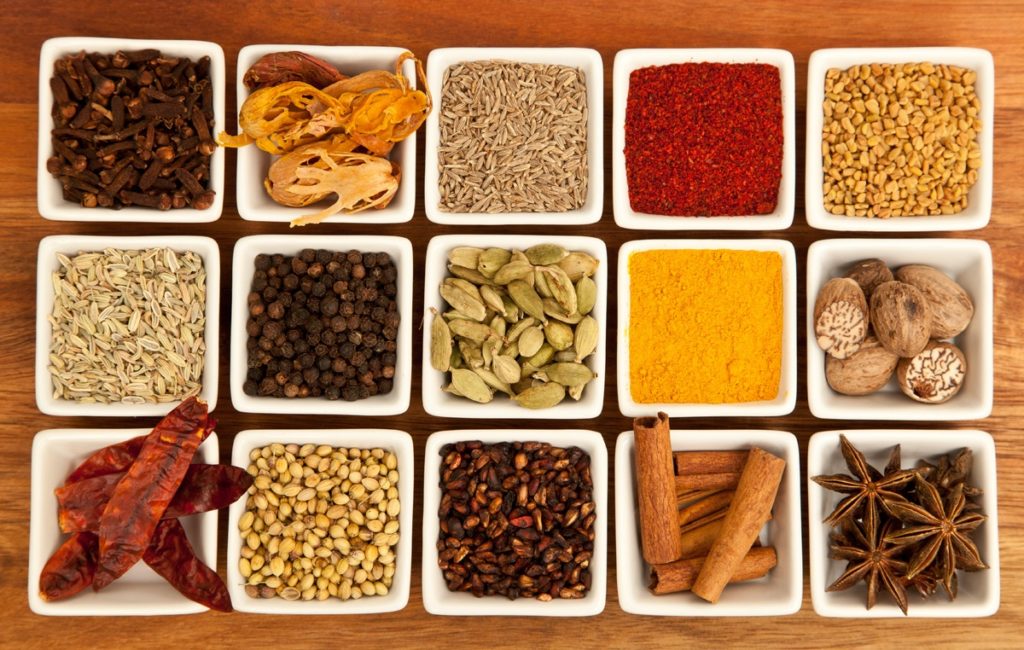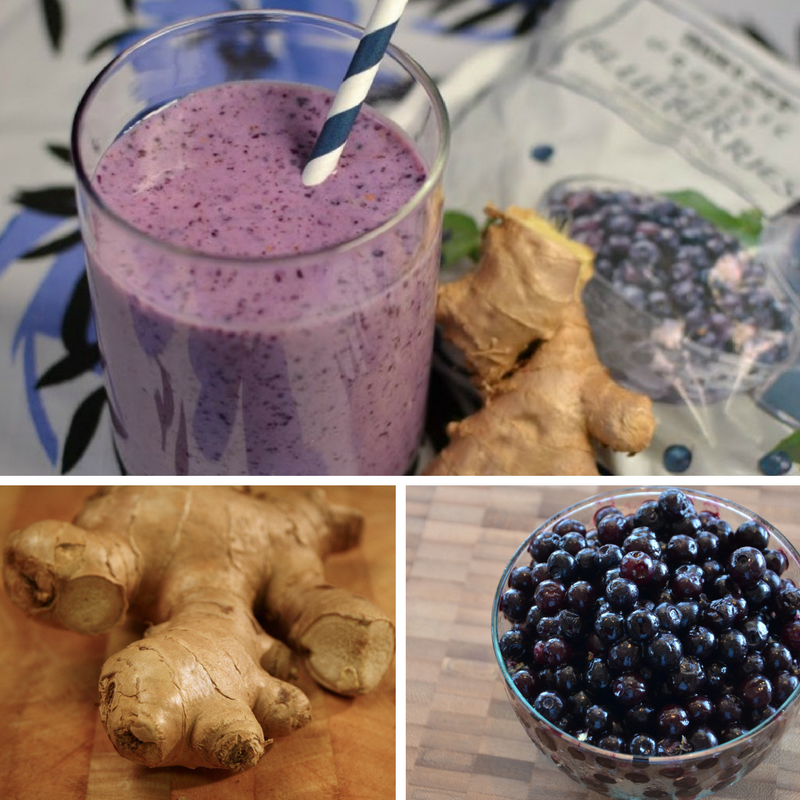Global Food Fusion Trend: Flavor Pairings with a Wild Twist
Editorial consulting by the Culinary Institute of America
Whether you believe that mayonnaise was invented by the Spanish or French, I’m pretty sure the creators did not consider spicing it up with a little Southeast Asian pepper sauce. That said, Sriracha mayonnaise is one of the trendiest sandwich and dipping spreads on today’s menus. This isn’t the outrageous fusion food of the 1980s and 1990s when the term got a bad rap. Today’s fusion is an emerging food trend where the flavors actually work in concert with each other! “Con-fusion” is long gone and has been replaced with a whole new set of flavor combinations that make sense.

The New Fusion of 2016 is about embracing authentic flavors from around the world and creating innovative ways to meld them together. With social media and television offering culinary education and global travel to the masses, food manufacturers and chefs are taking hold and beginning to leverage that sense of adventure. Global flavors, whether spice blends from North Africa or Kaffir lime from Thailand, infiltrate everything from breakfast and snack time to desserts and ready-to-eat foods.
What was once a crème brulé, is now a butterscotch miso crème brulé from Iron Chef Masaharu Morimoto. The umami-rich miso boosts the caramel notes of the butterscotch and burnt sugar. The classic Japanese spicy tuna handroll is now a sushi burrito from San Francisco based Sushirrito. Mash-ups like these, with unique ingredients, are increasingly being seen across consumer package goods as well, from Thai spiced tortilla chips with flax seeds (RW Garcia), to curry flavored sodas (Ramune), and canned beans with, you guessed it, Sriracha (Bush’s).
[blog_cta post_id=”16173″]
With the world at our fingertips, it is tempting to include an exotic ingredient or even substitute more traditional ingredients with those from another culture because anything is possible. For instance, we could make an Italian basil pesto with Hawaiian macadamia nuts instead of pine nuts and charge a premium for the differentiated product. Or substitute Wild Blueberries for mango in a Mexican corn salsa. This would not only showcase the blueberries in a unique way but also add color and some sweet tart flavor zing to this ubiquitous condiment. I’ve included a recipe so you can see for yourself!

Wild blueberries are sweet, tart, and tannic and therefore lend themselves to a wide variety of global flavors that grow in drastically different environments. Combine frozen Wild Blueberries with tropical ginger in a smoothie and you have a great fusion of superfoods that satisfies one’s nutritional needs as well as the desire for exciting flavor combinations. Add dried Wild Blueberries to the traditional apricot, fig, and almond garnish in a Moroccan Lamb Tagine and you have a North American-North African twist on this authentic dish of game meat and dried fruits.
[blog_cta post_id=”16173″]
Give this recipe a try: Carnitas Tacos with Wild Blueberry and Charred Corn Salsa
About the Author
Chef Rebecca Peizer, C.H.E. C.E.C.

Associate Professor of Culinary Arts
Culinary Institute of America at Greystone
Rebecca’s passion for food set her on a path to the Culinary Institute of America where she graduated in 2000. From there, she set off to New York City where she became a private chef. She took her next big step in the culinary world when she moved to California and opened Roux, a restaurant in St. Helena in the heart of the Napa Valley. Roux quickly took off and theSan Francisco Chronicle named it Top 10 Restaurants in the Bay Area 2001. On the heels of that honor, Food & Wine named her Top 10 Sous Chefs in America 2002. Over the course of her career, Rebecca has had the opportunity to work with many great chefs including Jacques Pepin, Martin Yan, Bradly Ogden, Cindy Pawlcyn, and Julia Childs. She has catered events for presidential candidates, Napa Valley winemakers, and prominent artists, and now shares her passion for food and wine with students at the Culinary Institute of America at Greystone in Napa Valley.

